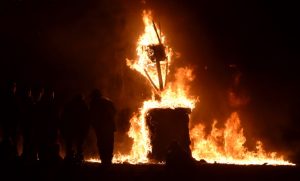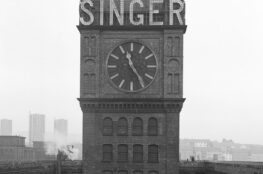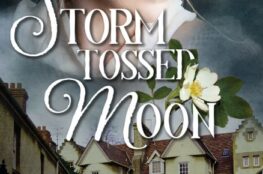
In Burghead in Moray in the north east of Scotland, a fire festival takes place on 11th January every year to celebrate Old New Year. Back in the mid 1750s, there was a discrepancy of 11 days between two calendars, the older Julian calendar and the more modern Gregorian calendar. Most European countries changed over to the latter quite early on. Protestant countries were, however, reluctant to do so, as the new calendar had been commissioned by Pope Gregory from Jesuit scholars.
In 1600, Jamie the Saxt, seeing the benefits of Scotland operating on the same dating system as her European trading partners, took his Protestant country onto the new calendar. At the Union of the Crowns in 1603 and the Union of the Parliaments in 1707, it would appear that Scotland was obliged to go back to what was called Old Style dating, although probably operating on a mixture of the two calendars. Letters written in the first three months of the year were dated for both, e.g. 20th February 1744/45.
The difference in the two calendars is why Bonnie Prince Charlie seems to have two birthdays, one on 20th December and the other on 31st December and why older histories of this period will often specify Old Style (OS) or New Style (NS) dating. Until a generation ago, some people went out to Culloden battlefield not on 16th April but on 27th April.
England bowed to the inevitable in 1752, when people went to bed on 2nd September and got up on 14 September. Deeply distressed at thus being forcibly brought into line with Europe, noisy protests culminated in riots with cries of ‘Give us back our eleven days!’
The idea that Scotland and England were for many years operating in different time zones might explain a lot!

